Neither You Nor I — Yulia Spiridonova Imposes Her Presence in Staged Scenes of Intimacy
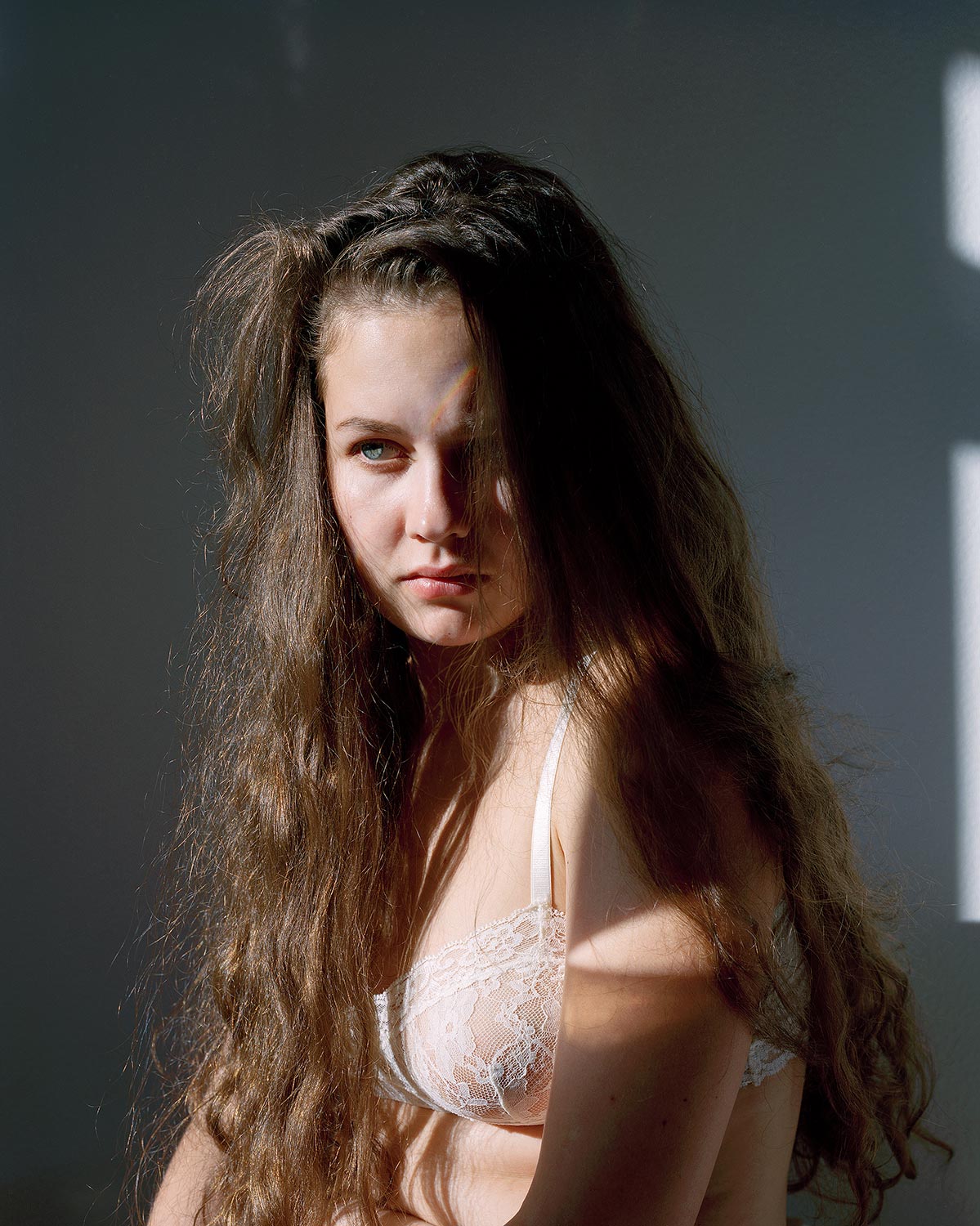
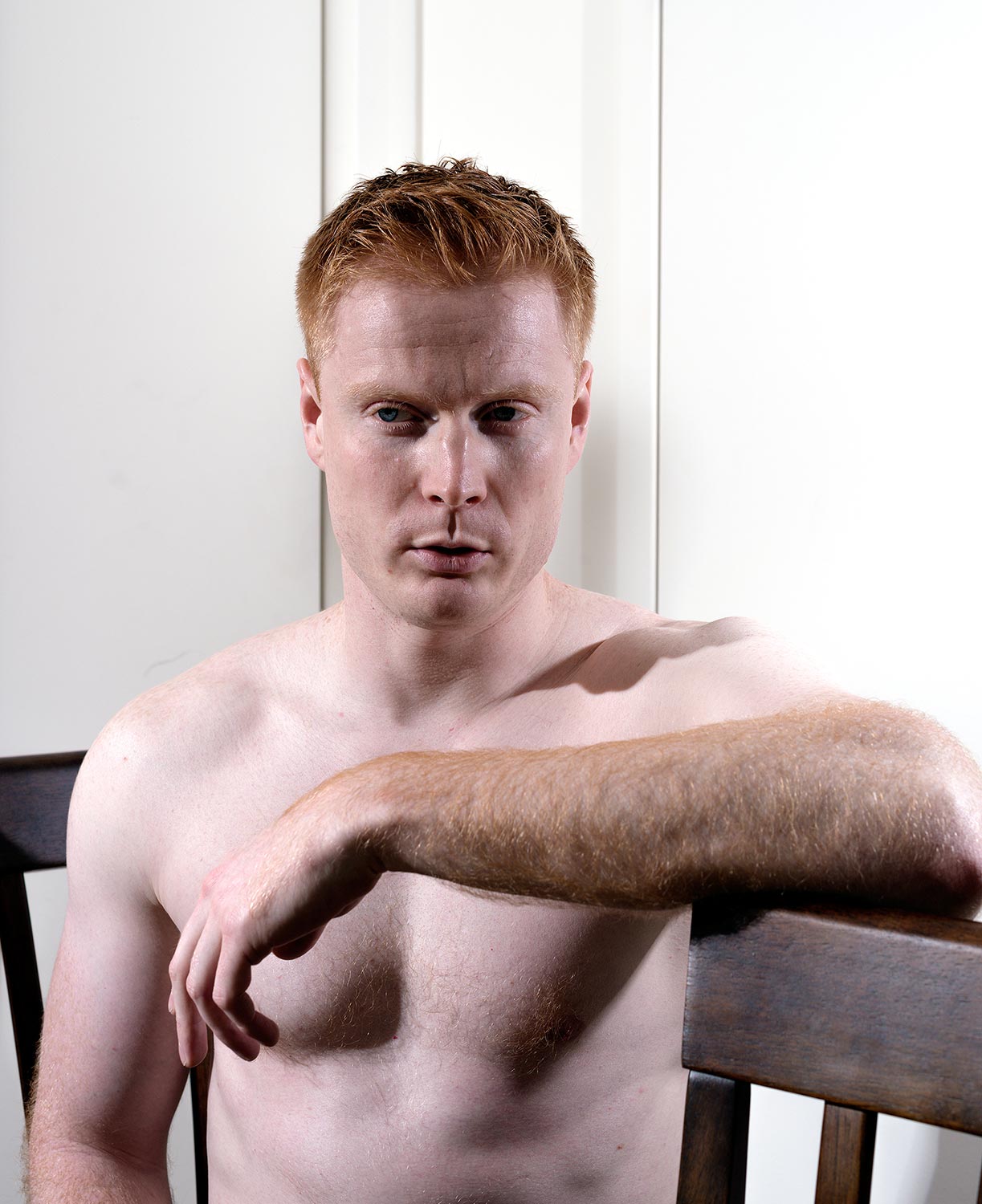
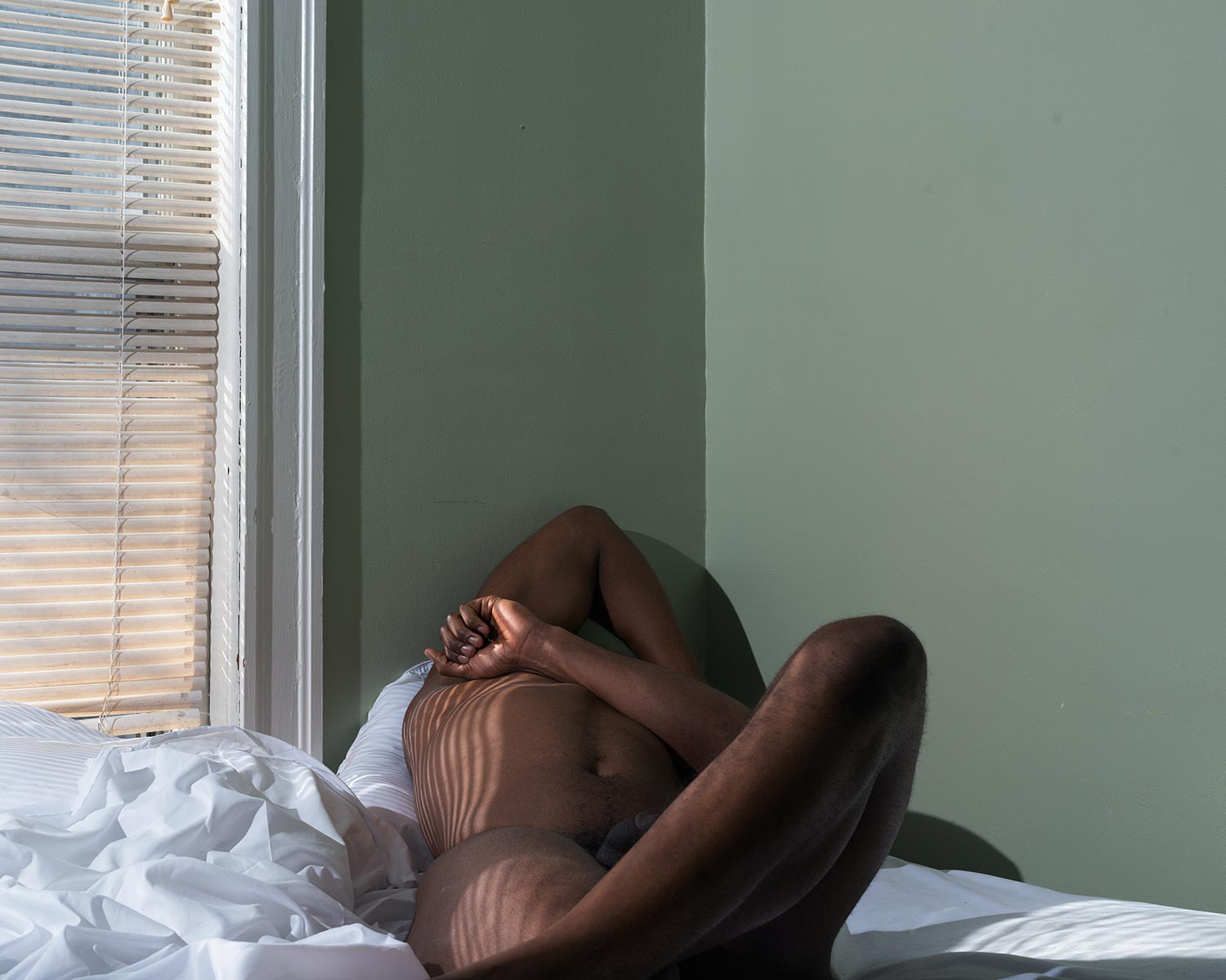
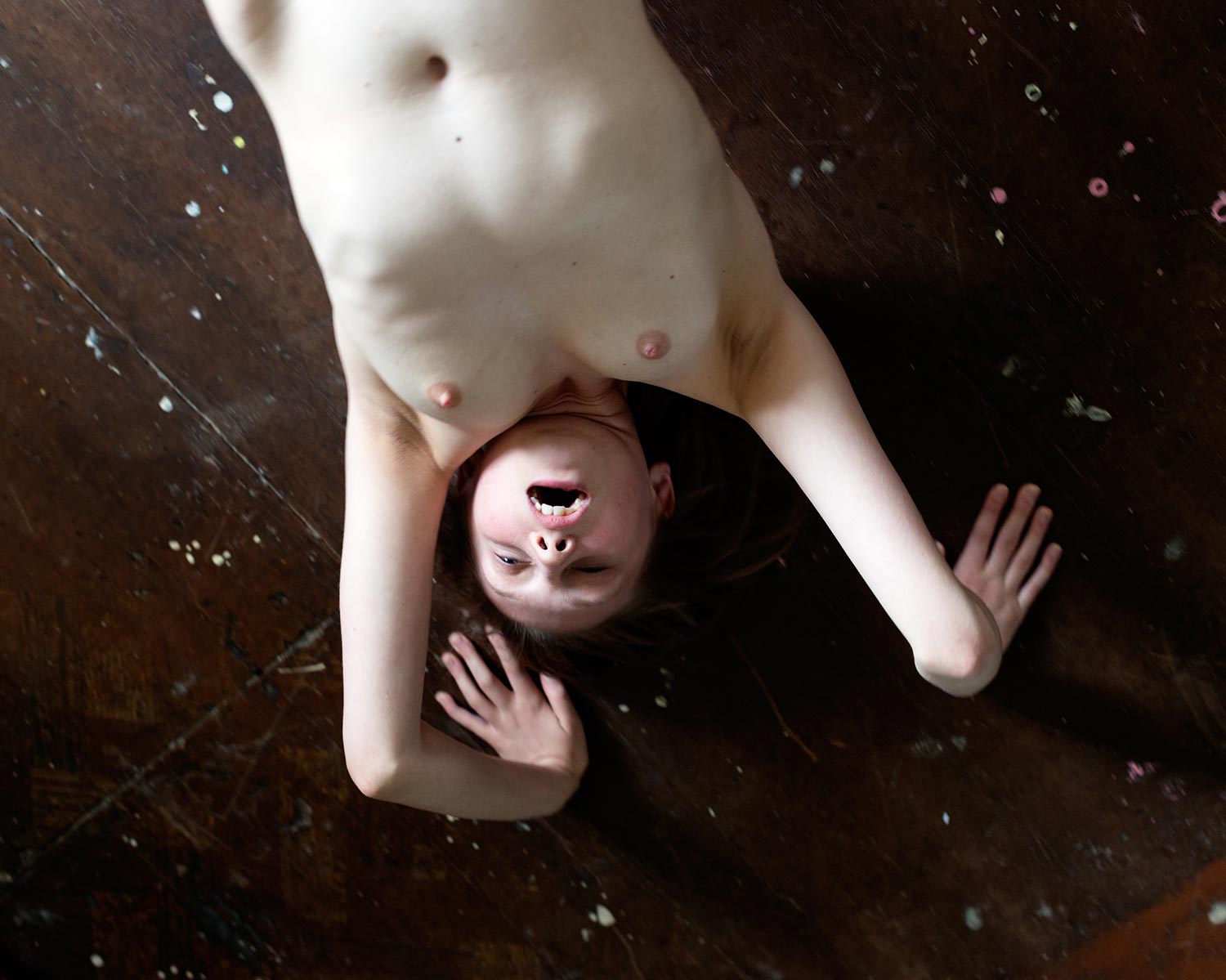
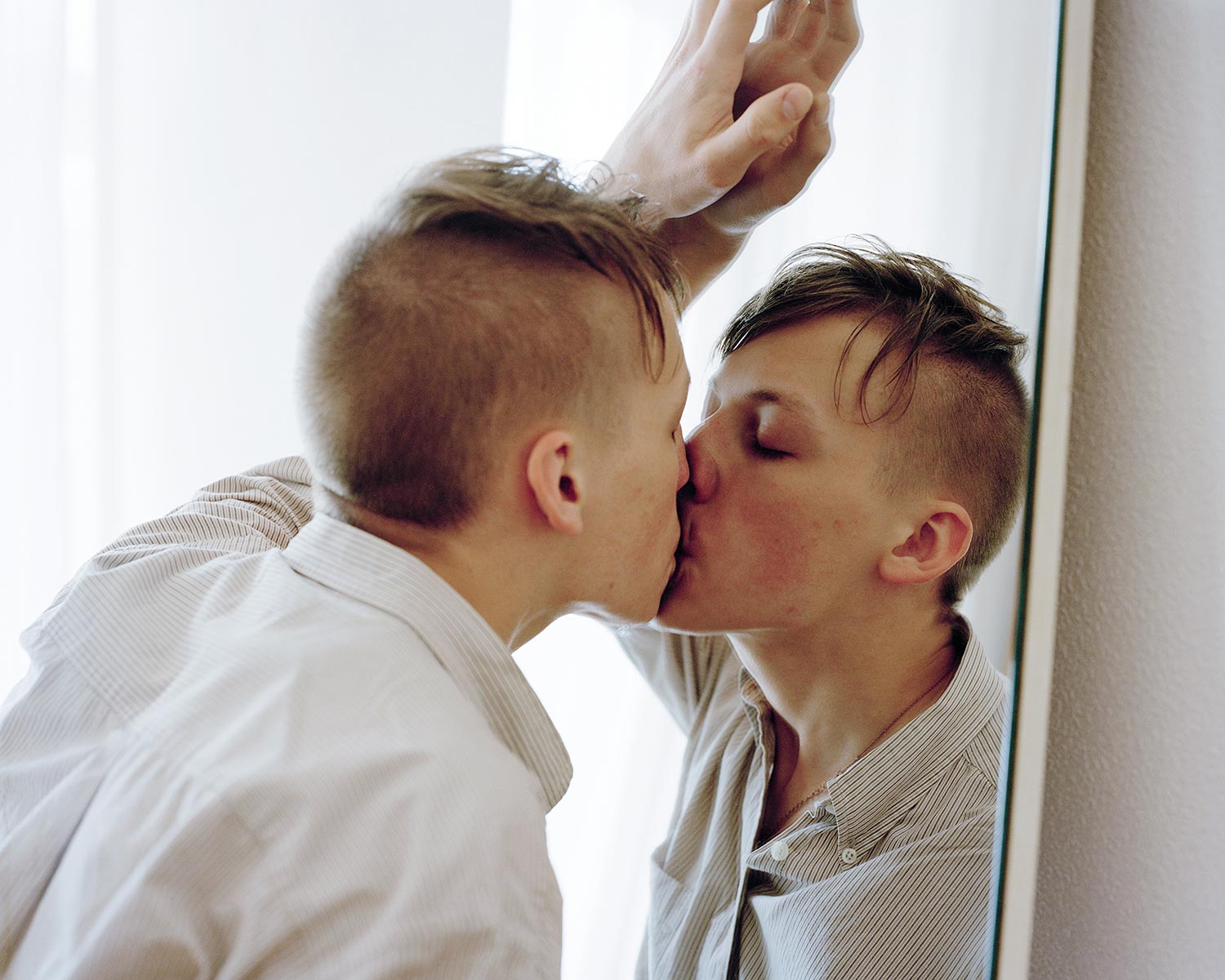
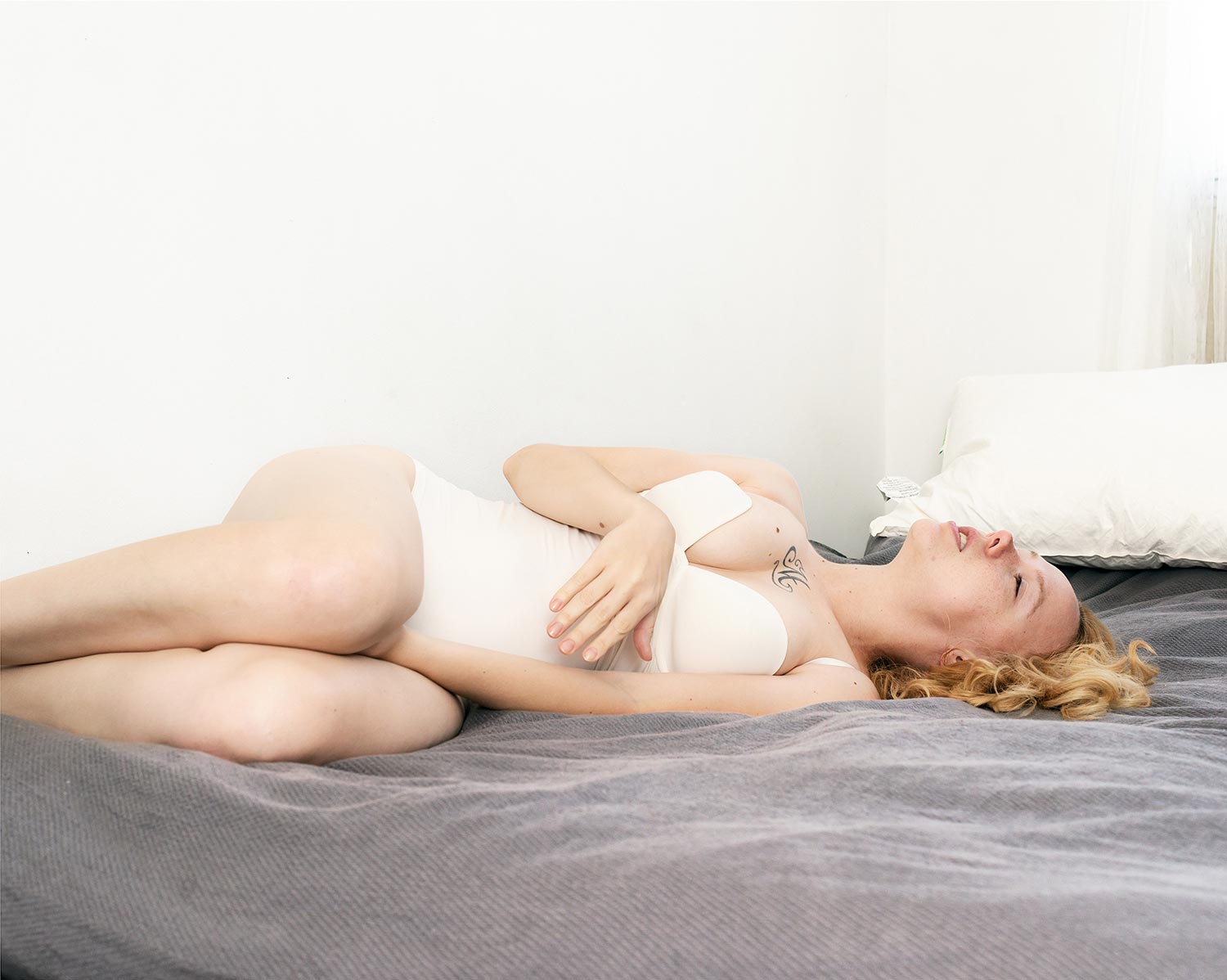
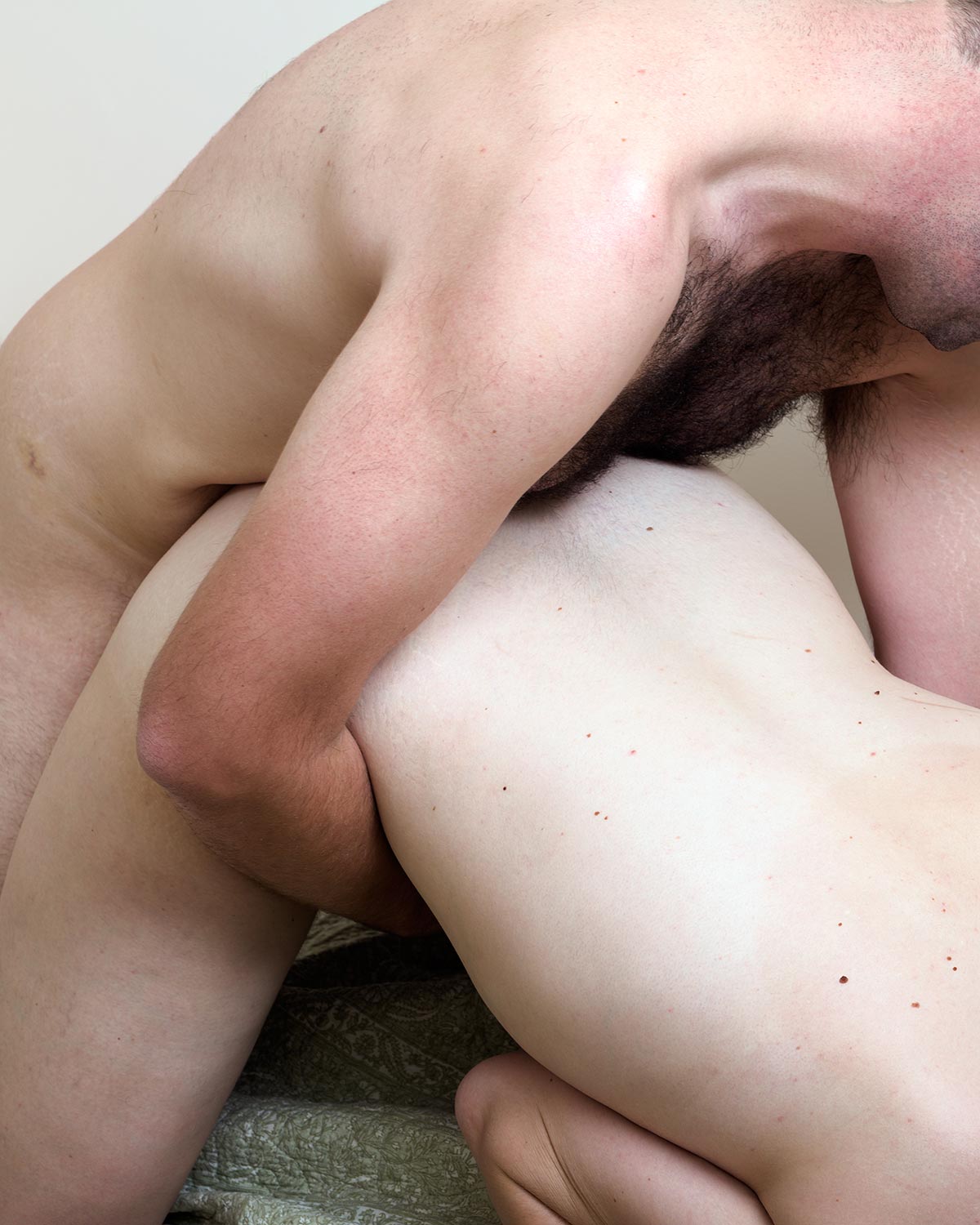
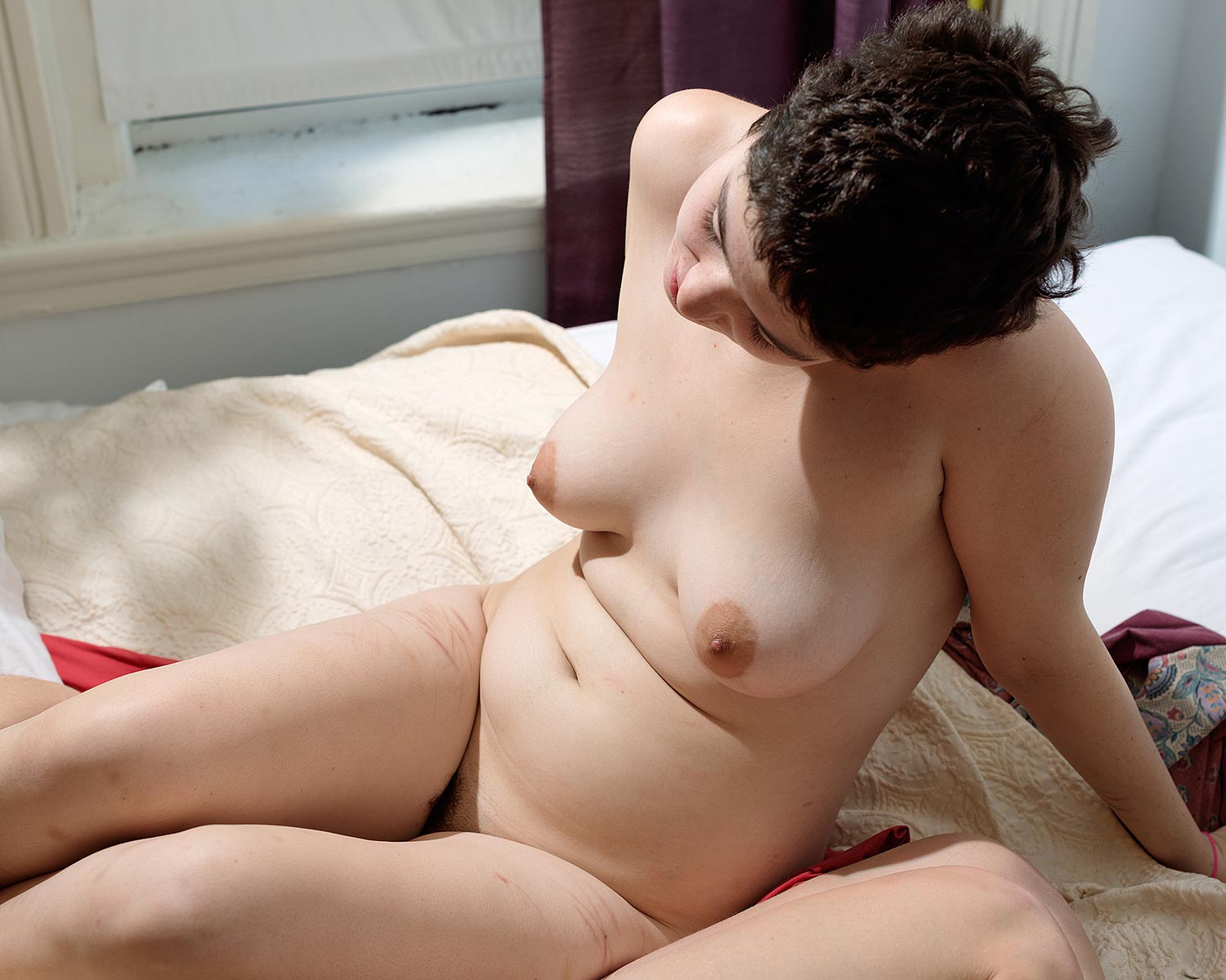
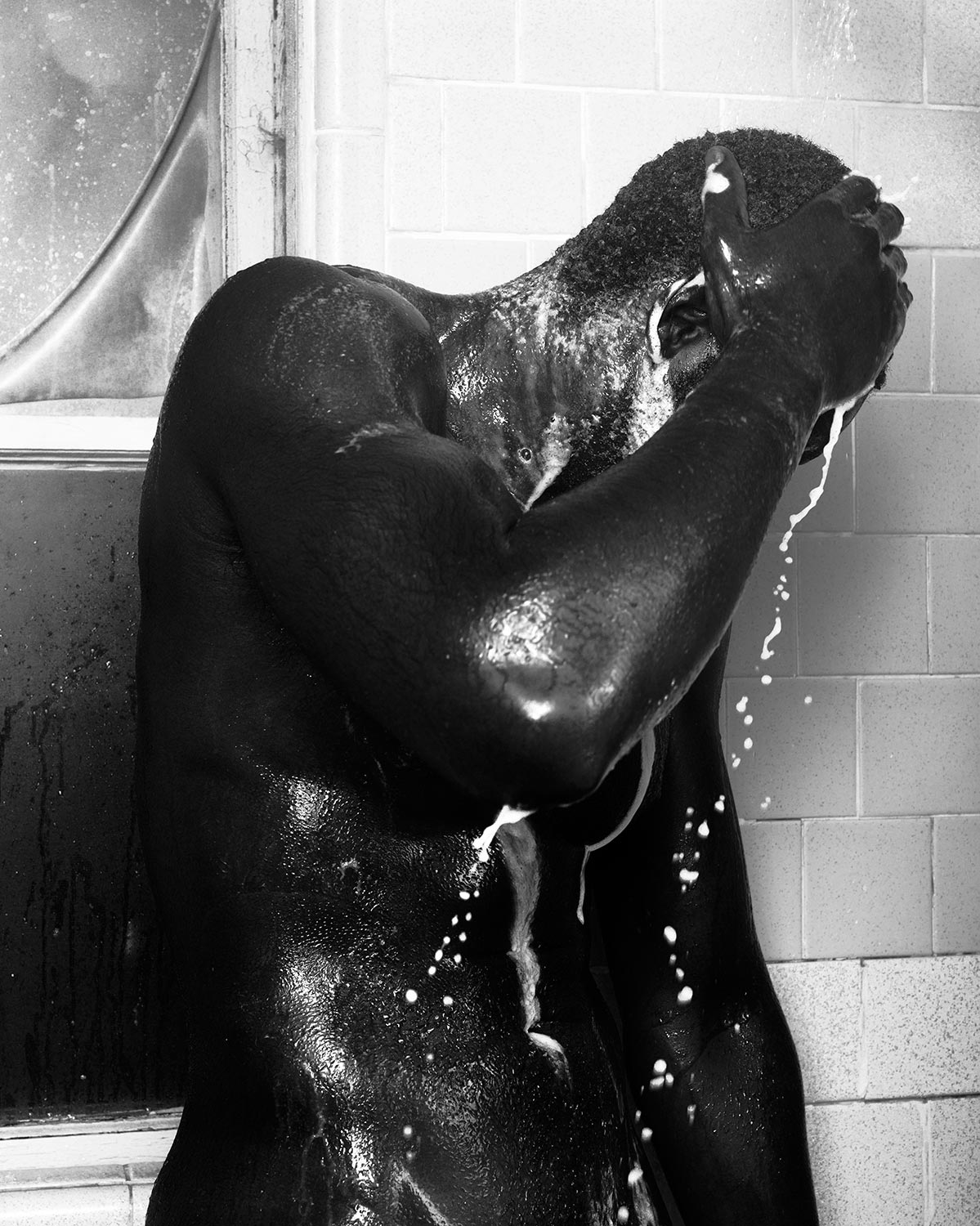

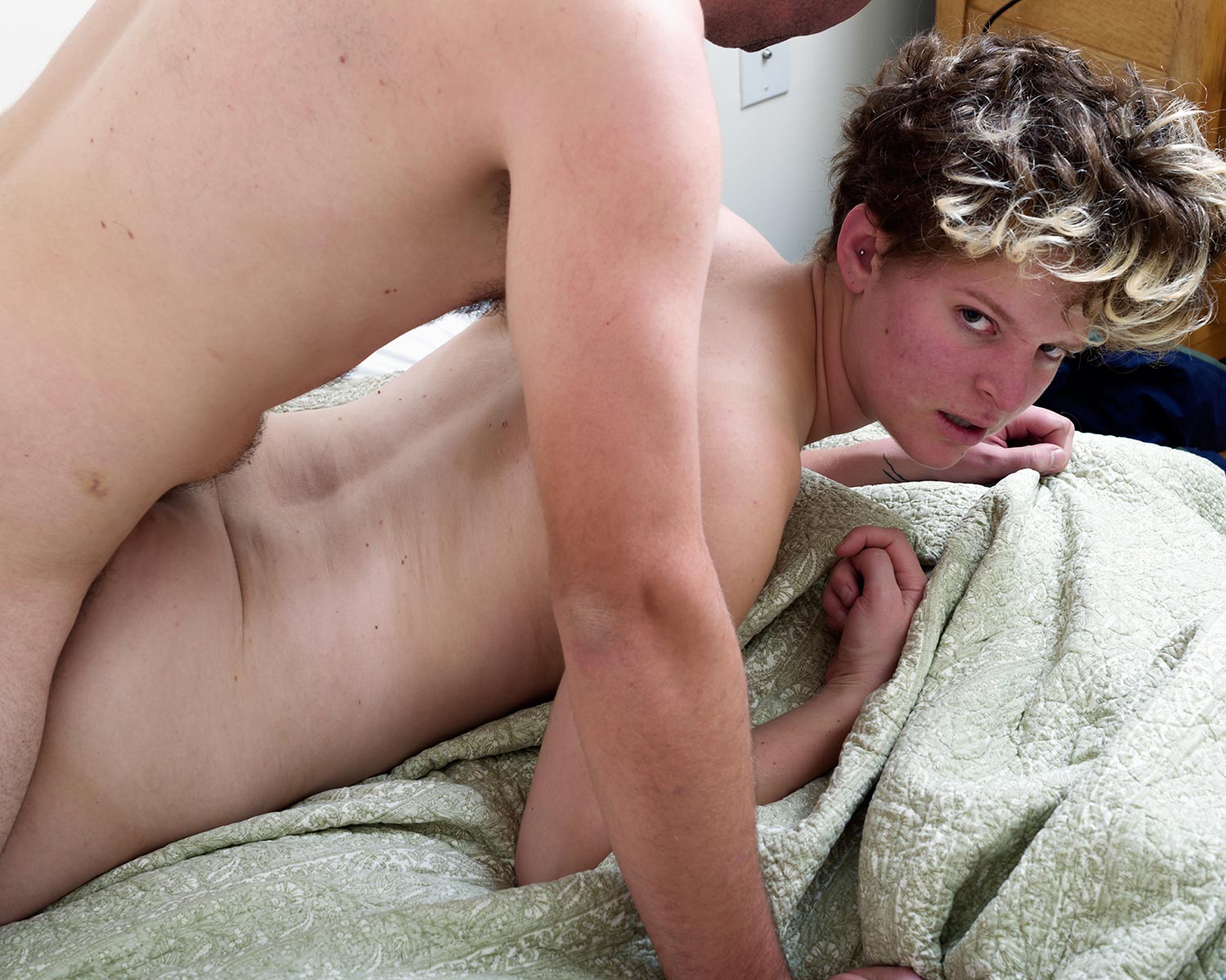
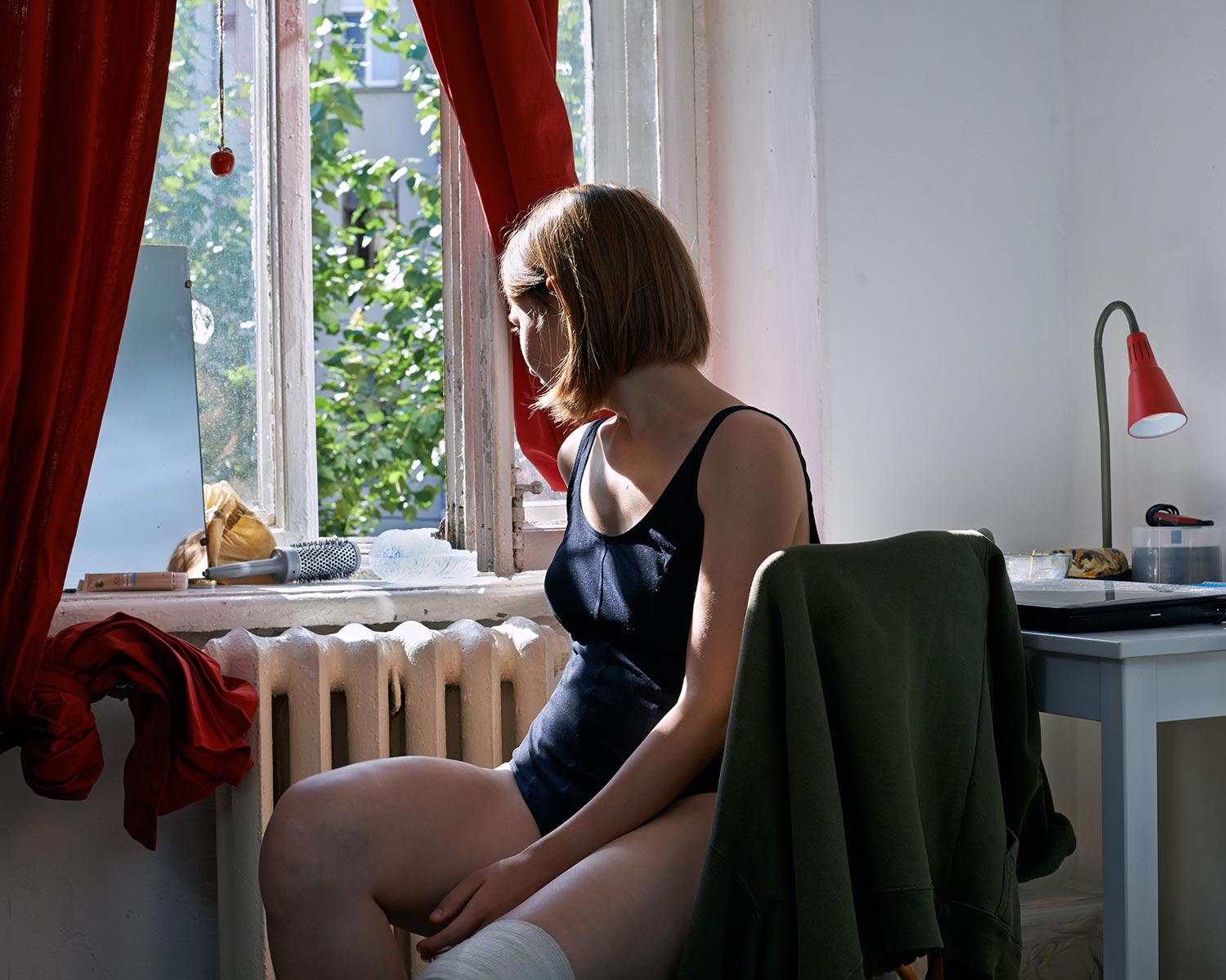
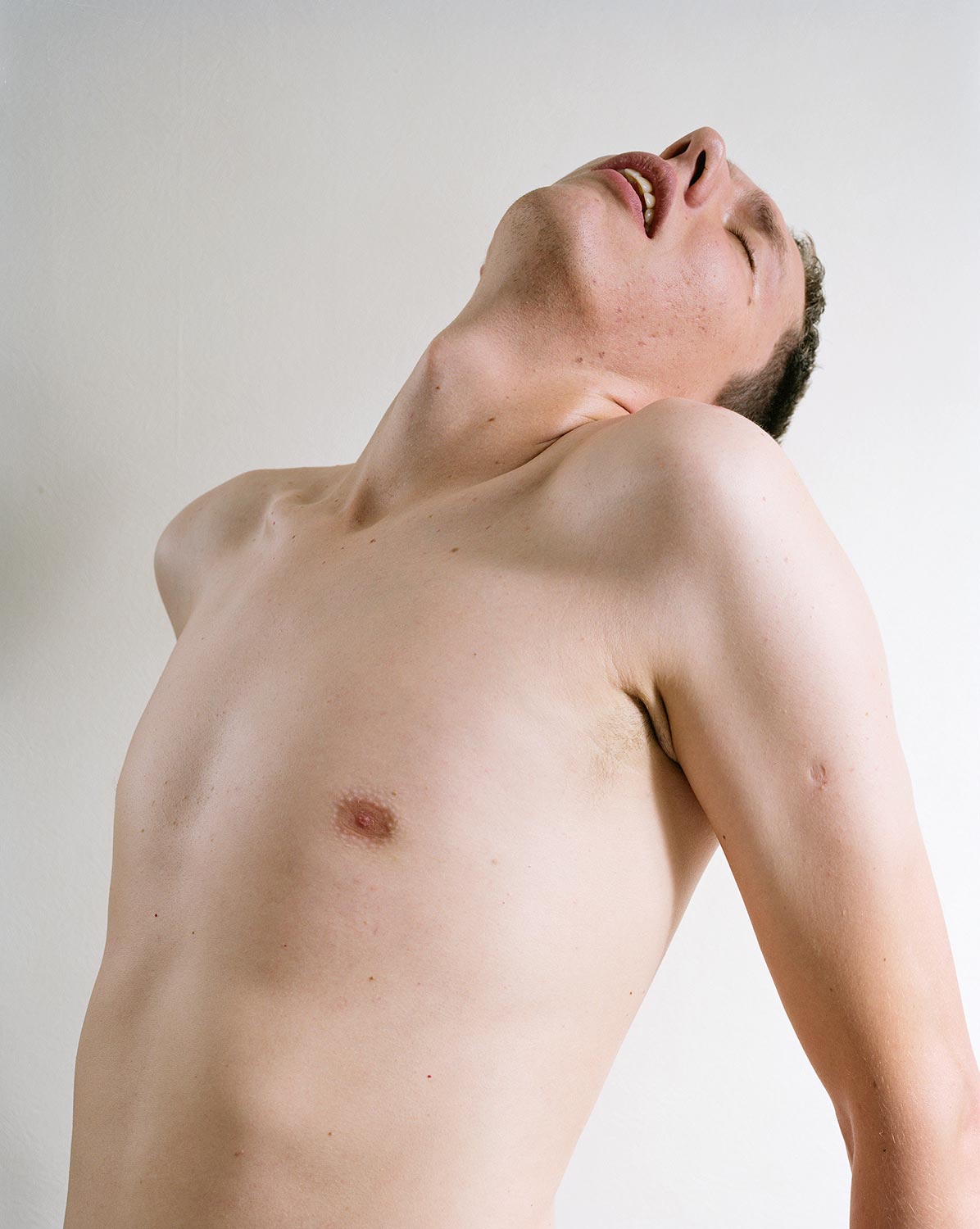
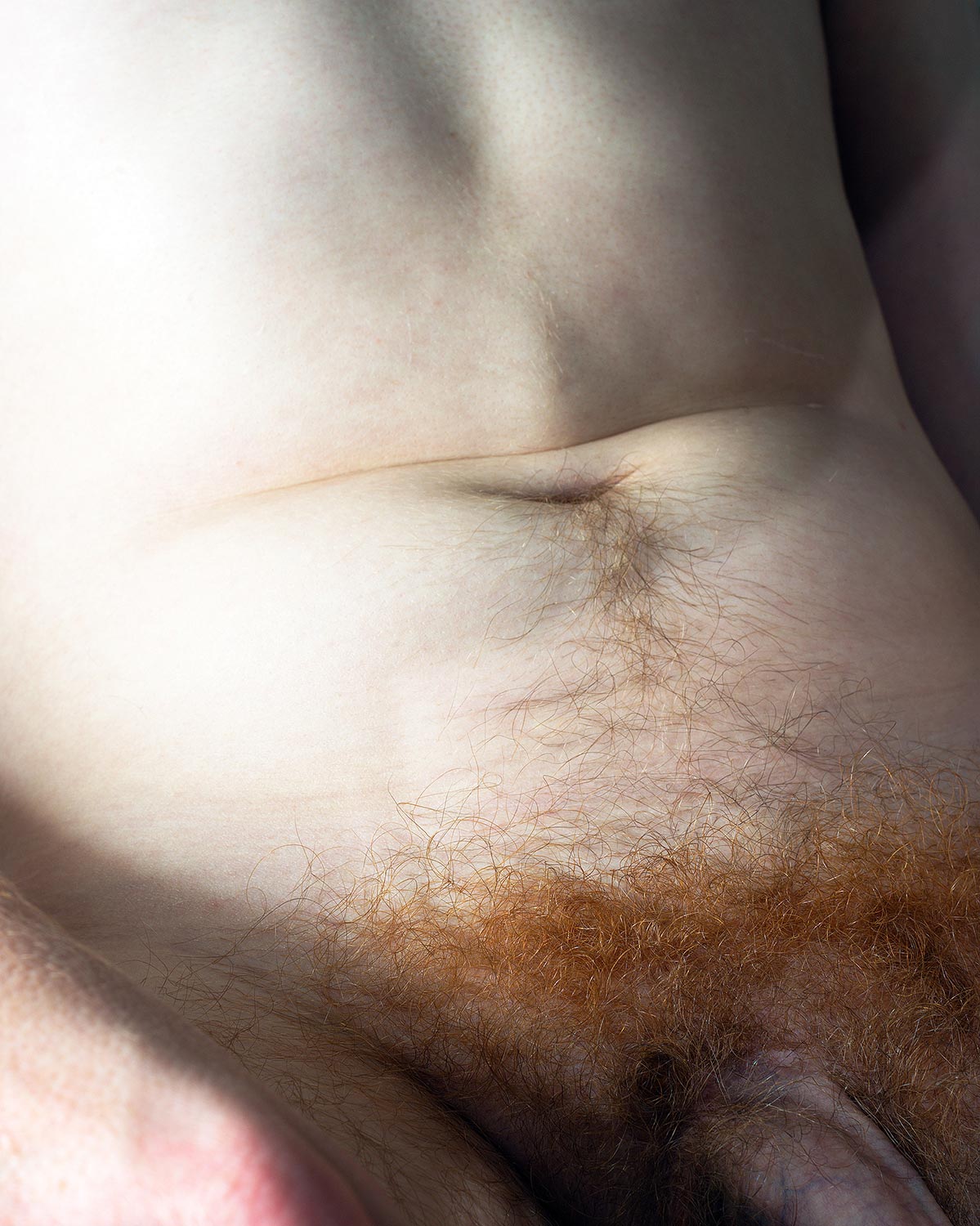
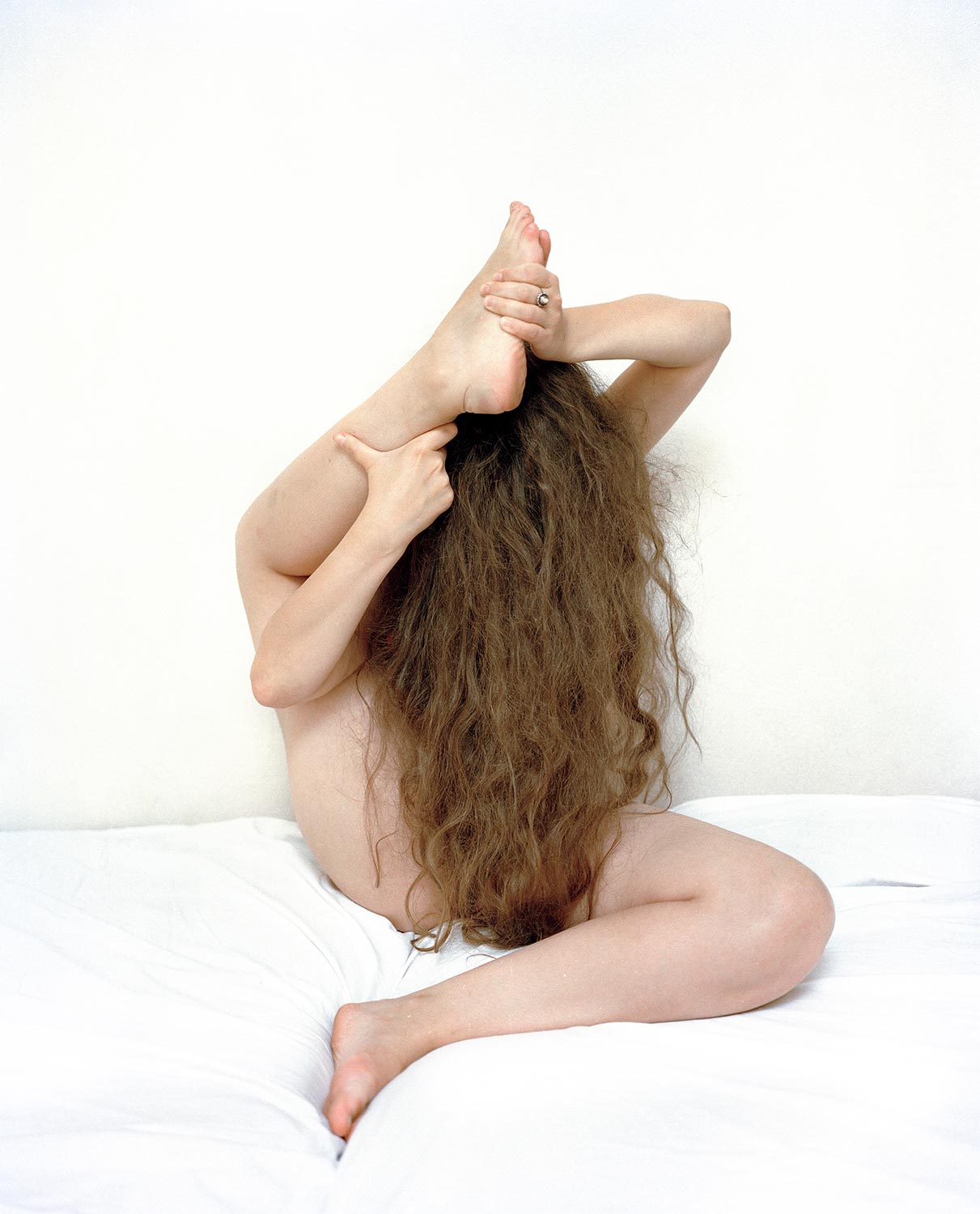
There’s a special sort of cruelty in the portraits of Russian photographer Yulia Spiridonova from her new photobook Neither You Nor I. Not only does she photograph her subjects when they’re at their most vulnerable—nude, in the privacy of their homes, and in some cases as they experience sexual pleasure—but she also insists on imposing her gaze despite them looking away or hiding their faces. Luckily, the portraits are staged: Yulia uses these scenes of “denied intimacy” to express feelings of isolation and detachment.
Hello Yulia, thank you for this interview. What are your main interests as a photographer?
My main interest in photography is the way the human body can be seen as a reflection of different human experiences, and how these traces of lifestyles and personal stories might be caught by a camera.
What is Neither You Nor I about, in particular?
This body of work is deeply connected to my personal experience. At the time I was working on the Neiter You Nor I photobook, I was going through a rough time in my relationship with my husband, and the main issue as I can see it now was the repressed sense of sexuality. All human bodies we see in these pictures are mostly naked, so we expect the pictures to share some sort of intimacy with the viewer. Yet there is always a sense of distance that we can see in these photographs. I really like the neurotic tension this mismatch creates.
What was your main intent in creating Neither You Nor I, and how do the images of the work reflect your ideas behind the project?
One of the main ideas of the series is “double denial”, as a friend of mine once formulated. This idea of being unable to communicate with others that brings a person to the stage of denying reality and oneself intrigued me. All these feelings, for me, transcended in photographs through special cropping and editing. There are a lot of pictures where the face is hidden or cropped, or a person hides it. In very few cases the subject’s gaze has direct communication with the viewer.
Can you talk a bit about making these images? You seem to have used a mix of (self?)portraiture and staged photography.
There are no self-portraits in Neither You Nor I, though I always describe these images as a reflection of my personal experience. In a way, all the characters you see are quite depersonalized, but for me, they all hold the same sort of drama.
This particular sense of loneliness and isolation was directed by me. My photoshoots are long—around 4-6 hours. Most of the time I just wait till I feel like what I see reflects my vision. Most pictures from the project were made with a large-format camera: this really helps create a deep emotional engagement with the model by looking directly at the person I photograph.
Did you have any specific references or sources of inspiration in mind while working on Neither You Nor I?
I was looking at Lucian Freud’s and Marlene Dimas’ paintings a lot, but other than that, not much. I worked quite intuitively. I made photos for about two years, and at the same time I still was trying to figure out my motives in doing these nude portraits of strangers; then it really all came together while I was editing the book.
What have been the main influences on your photography?
My large-format class teacher at Yale University once gave me the greatest advice on how to deal with portraits—he said something like: “It’s not about putting a butterfly in front of a wall, it’s about letting it fly”.
Who are some of your favorite contemporary photographers?
I was a fan of Kathy Grannan’s Westerns series for a while. One of my recent favorites is Torbjørn Rødland. And I really like Adam Broomberg and Oliver Chanarin’s Spirit is a bone body of work.
Choose your #threewordsforphotography.
Traces. Body. Language.
Keep looking...

FotoCal — Photography Awards, Grants and Open Calls Closing in October 2024

FotoCal — Photography Awards, Grants and Open Calls Closing in September 2024

FotoCal — Photography Awards, Grants and Open Calls Closing in August 2024

FotoCal — Photography Awards, Grants and Open Calls Closing in July 2024

FotoCal — Photography Awards, Grants and Open Calls Closing in June 2024

FotoCal — Photography Awards, Grants and Open Calls Closing in May 2024

FotoCal — Photography Awards, Grants and Open Calls Closing in April 2024




